The museum is the most powerful arsenal with which a people defends its origin, its identity and all that it has inherited from its ancestors.
Hello travellers,
I have visited Sibiu county many times because it is very interesting and has a lot to offer, an amazing city with many points of interest worth visiting.
But today I'm not showing you the city of Sibiu but we are all going together to the biggest open-air museum in Romania, and because it can be itself a tourist destination, I advise you to visit it for a few hours at a walk and admire it in silence - it is by no means a sight to be seen "on the run", today we will see the Astra Museum of Traditional Folk Civilization.
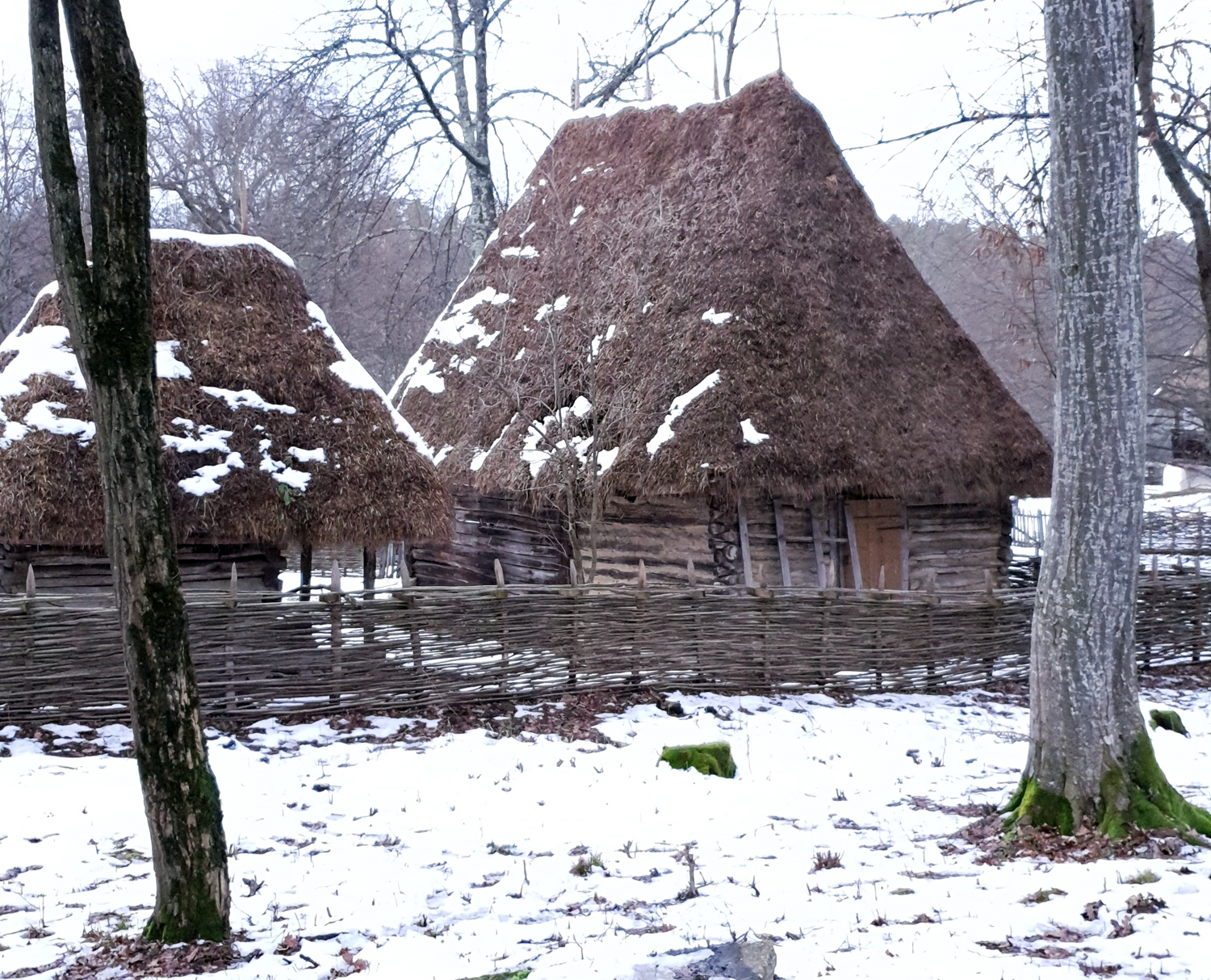
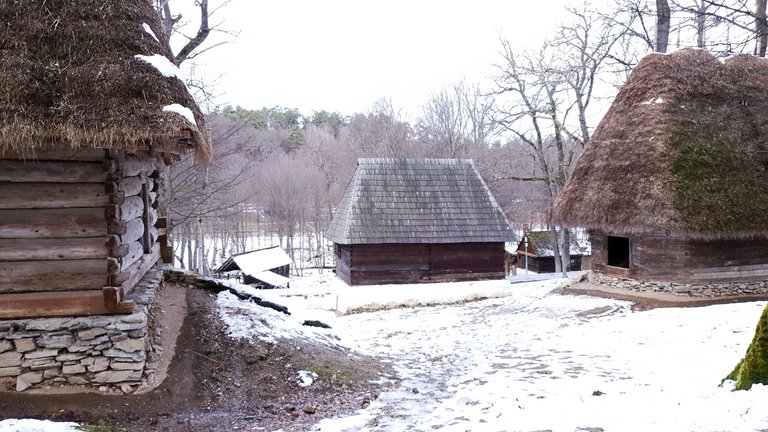

Museum researchers have travelled to villages all over Romania, acquired and dismantled over 400 traditional houses, outbuildings and entire houses (some hundreds of years old), restored them and reassembled them here in as close to their original form as possible.
A walk through the alleys of the museum will be like a journey back in time, in the history of the Romanian village.
On our visit through the museum we were able to enter the courtyards, the houses that are open to the public and see how our great-great-grandparents lived. You will definitely appreciate the silence that surrounds you at every step, the only noises come from the animals and birds that live in this museum, as in the grandparents' garden.



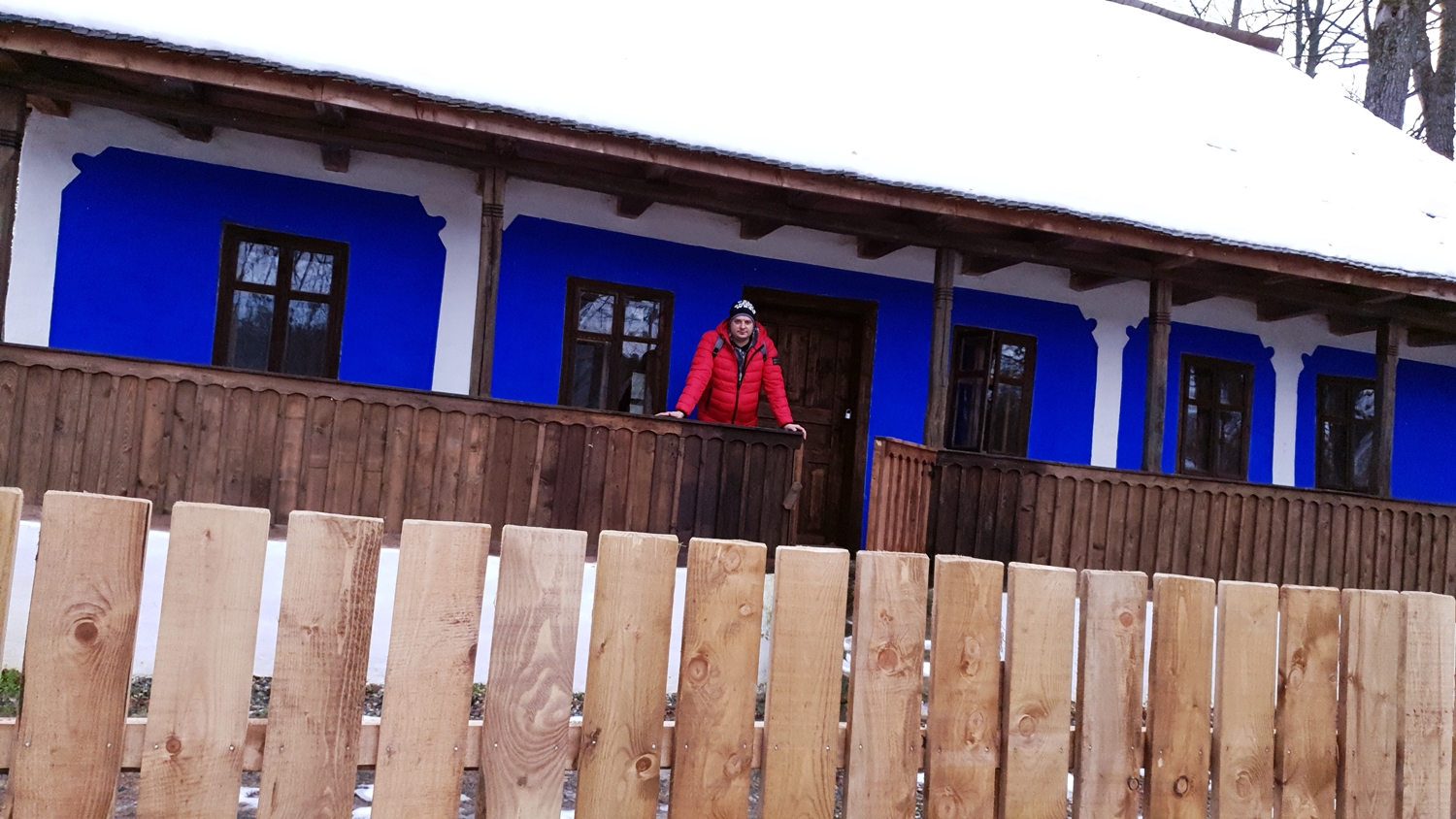
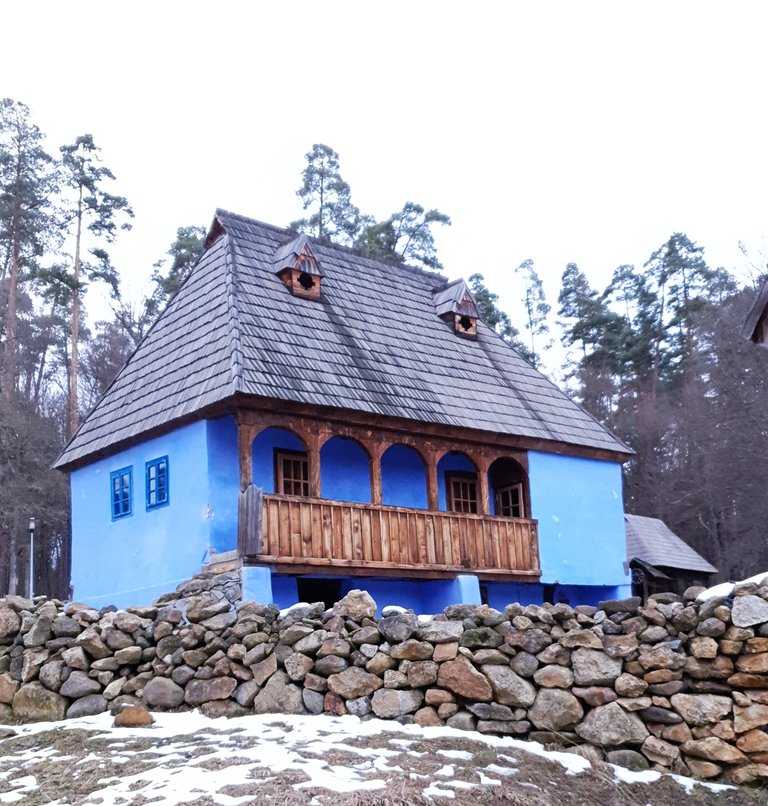

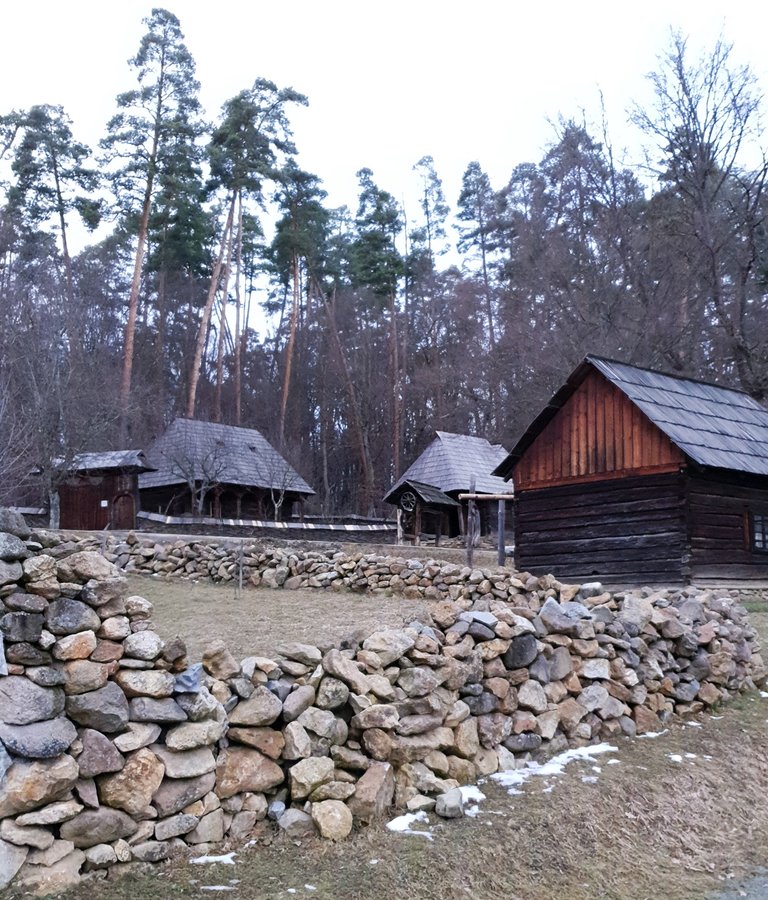

Location and surroundings
It is only 3 kilometers away from the city of Sibiu, and you need about a whole day to be able to explore it fully but believe me it is worth it! It is a unique experience.
In the vicinity of this museum is also the Zoo of Sibiu.
Outdoor walk
Our walk was an incursion into Romanian architecture, traditional crafts and ancient occupations, themes that are the subject of the most complex collection of monuments of architecture and popular technique in Romania.
There's a lot to see here, from actual households to tools and decorative elements reflecting the culture and history of the Romanians. You can walk, cycle or take a carriage ride.
The museum has houses and courtyards from all over Romania such as Transylvania, Moldova, Banat Bucovina, Dobrogea, Muntenia and other areas.









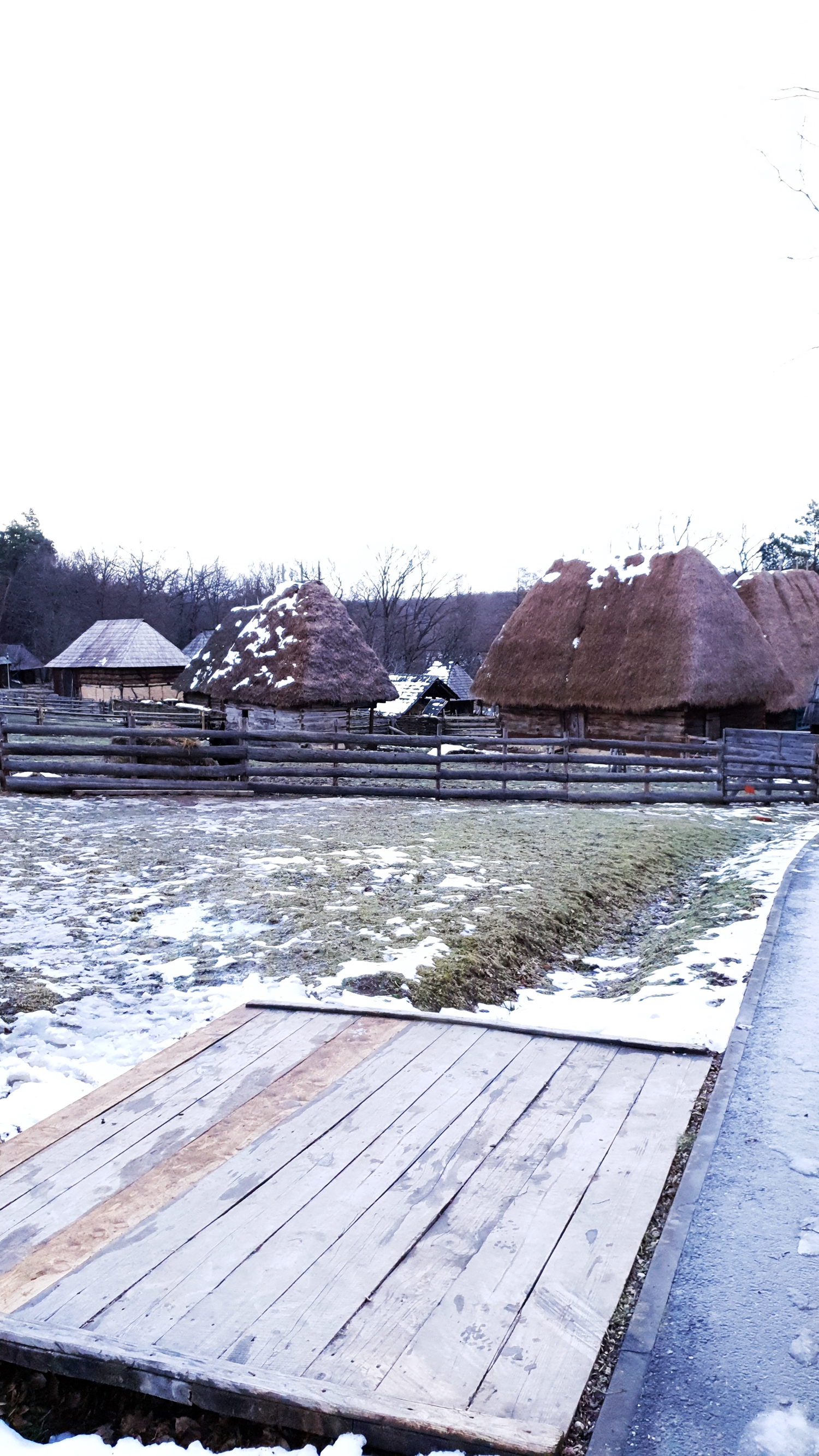





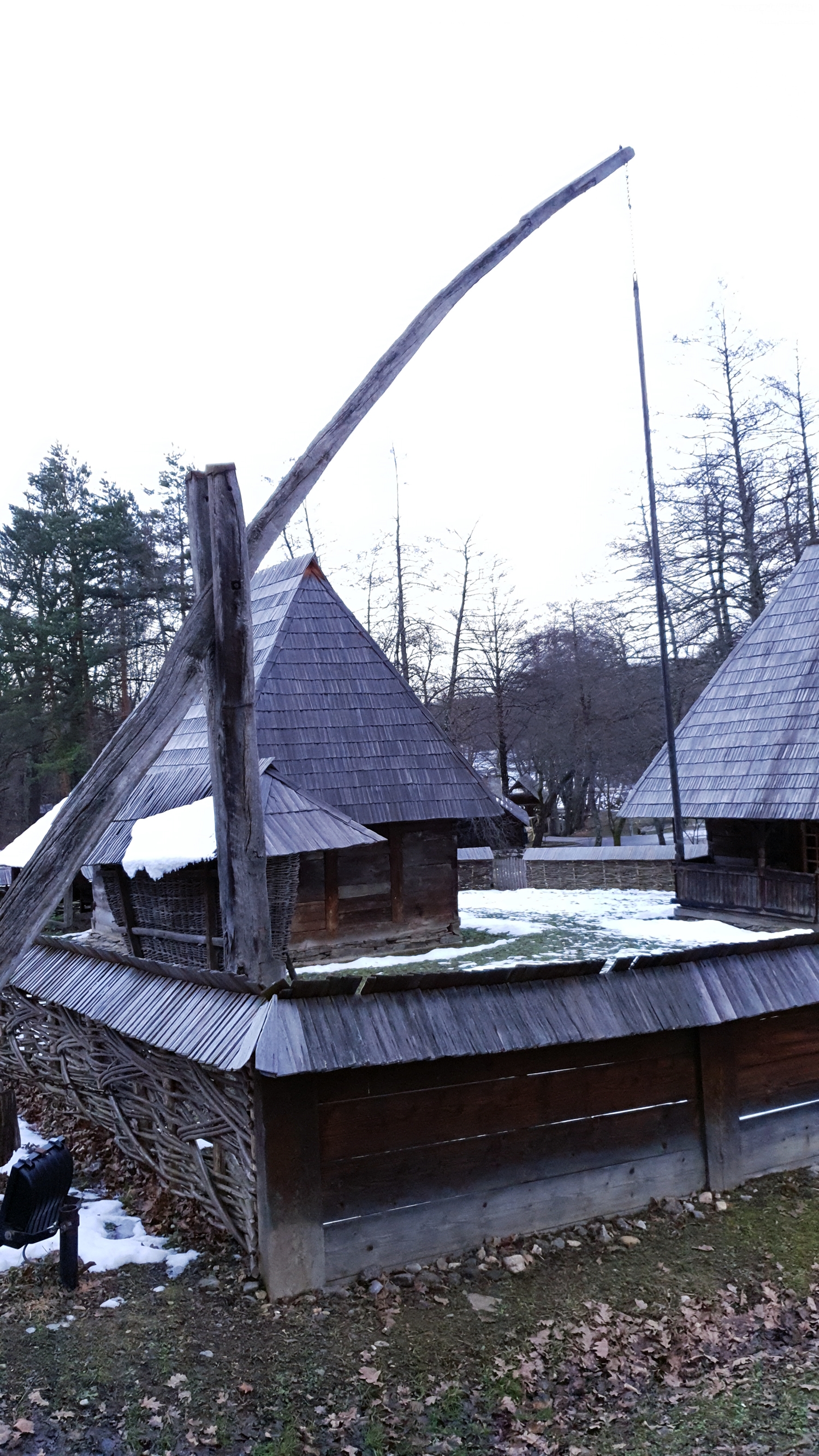




The area that impressed us most, the area of windmills and water
A first impact with the fascinating world of the ancestors I had in the area of the wind and water mills, perhaps the most popular attractions of the open-air museum in my opinion. In fact, a windmill from Hunedoara County, the village of Dăbâca, was the museum's first exhibit.
Close to the wind and water mill area is a place where there are many carts on display that were used in the past by our ancestors, but I didn't spend much time here, so I quickly headed to the mill area and couldn't resist the temptation to enter almost all of them to see closely the mechanisms driving the millstones.














More than 30 mills, covering over 23 types of mills are on display in the museum. Although they are not put into operation in order not to damage them, most of the mills are functional.
Reading all sorts of information about these mills made the name of Don Quijote come to mind but unlike Don Quijote, we battled time, not windmills, as the open air museum takes about a day, that is if you feel like experiencing the countryside properly.
What can we visit here?
It is good to know that out of the entire 933 ha area of the Dumbrava Sibiului Nature Reserve, located at the south-western edge of the city, only 96 ha are occupied by the Open Air Museum.
Visiting the museum in one day is a great challenge. The open-air museum is criss-crossed by no less than 10 km of alleys along which you can find technical installations, houses, churches, inns and everything else but here you can also see a very beautiful lake on the surface of which ducks and swans walk freely, this lake also has a place in the form of an amphitheatre, when we visited the museum it was quite cold.
Unfortunately we didn't have the time to visit every house there and inside and outside so we ran around the museum to see as many places as possible.
The mills are very well represented in the Open Air Museum to which we have given maim ult time.
Unmissable from the world of the village and therefore also from the open-air museum are the churches, the troughs and the roadside crosses.





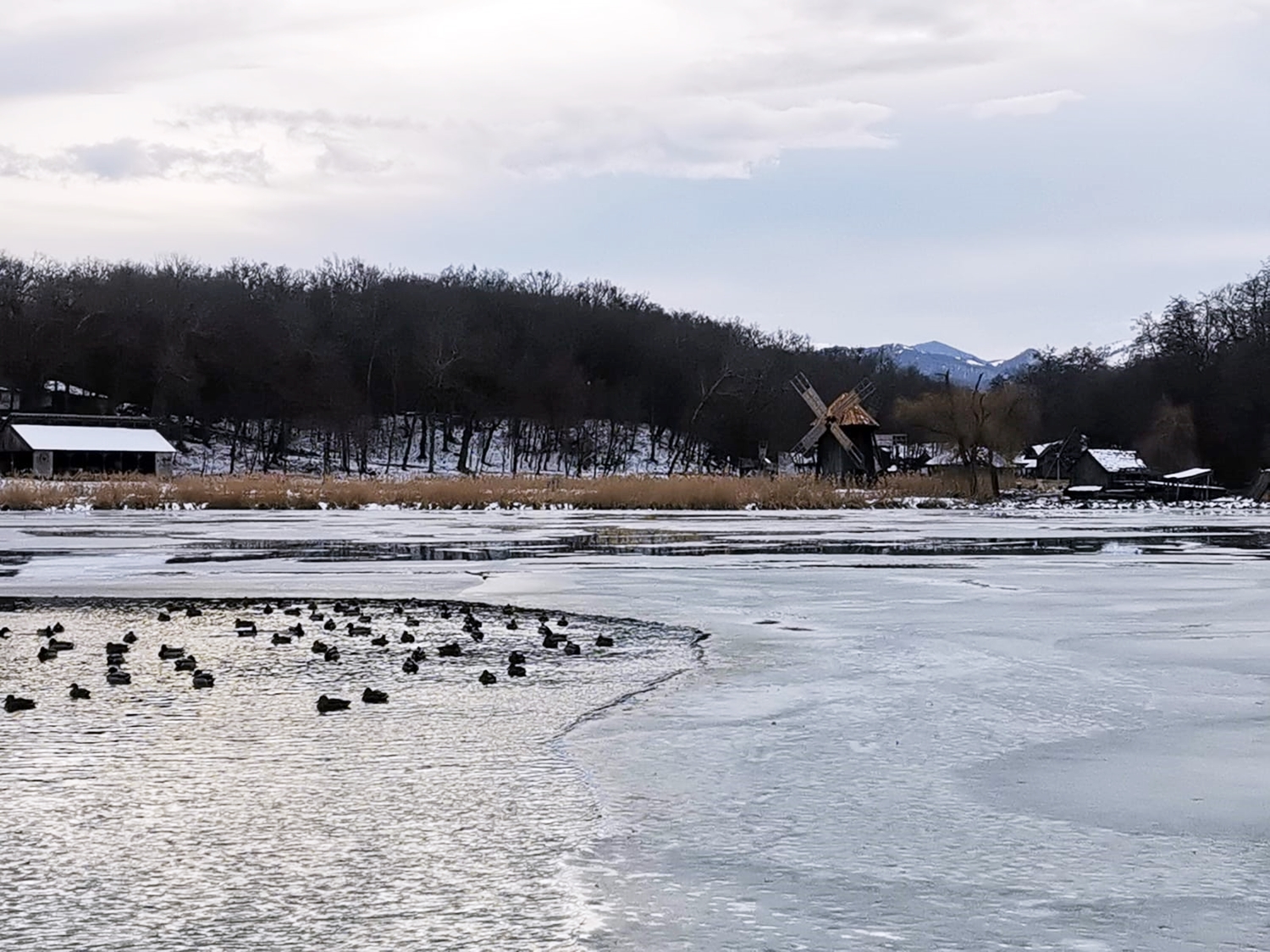
Useful information,
Astra Museum of Traditional Folk Civilization
16-20 Pădurea Dumbrava Street (DJ106A)
Sibiu 100302 Romania
Tel:+40 269 242 599
Visiting hours:M - D - 10 - 18
Ticket price: 35 lei/7euro adults, 15 lei/3euro pensioners, 9 lei/1,8euro pupils/students
In conclusion,
The Astra Museum of Traditional Folk Civilization not only loved it, it really hit our hearts and settled in well there! It's a place where you are charged with the energy emanating from this people over its many centuries of existence.
The Museum of Traditional Folk Civilization, simply called ASTRA Open Air Museum, is the largest museum of its kind in Romania and one of the largest in Europe.
I end here with the hope that everyone who visits the Dumbrava Sibiu Open Air Museum will want to return. The enchanting landscape of the forest, beautiful in all seasons, the fresh air, the river, the lake, the atmosphere of an authentic Romanian village, beckons again and again.
The Museum of Traditional Folk Civilization "ASTRA" - Sibiu, in other words, the open-air museum in Dumbrava Sibiului, is a rural Romania in miniature.
Thank you in advance for stopping by, for supporting me as this @triplug project moves forward, but I am also grateful for the advice you will give me.
Yours @triplug
